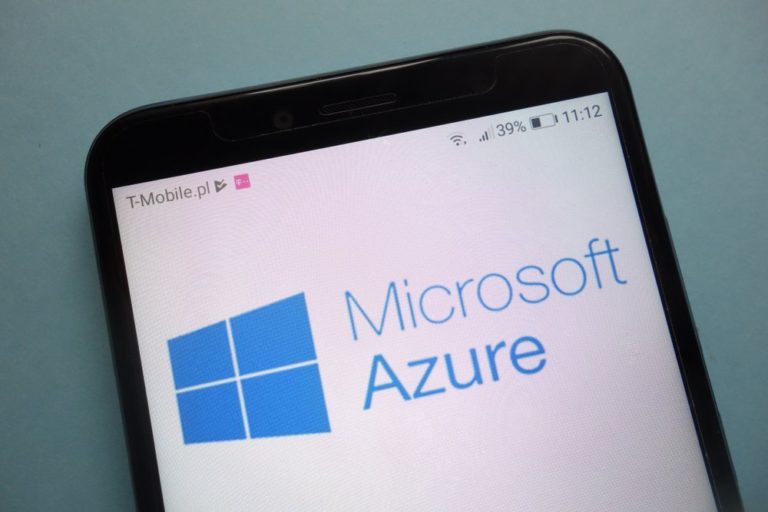Azure Sphere, a Linux-based microcontroller (MCU) and associated cybersecurity service, will become generally available in February 2020. Microsoft announced this during the IoT Solutions World Congress.
Azure Sphere was earlier called Project Sopris. With this project, Microsoft wanted to develop an extremely secure microcontroller. In April 2018, a major announcement followed: Azure Sphere was officially launched.
Azure Sphere is an Internet of Things (IoT) solution that uses hardware, software and cloud technology together to address security risks in IoT devices. Initially, this resulted in a Mediatek chip with Microsoft’s own Linux kernel, called Azure Sphere OS.
The chip, called MT3620, contains a security subsystem called Pluton. In addition, Azure Sphere OS contains secure application containers. All this is housed in the Azure Sphere Security Service, which handles authentication, threat response and on-device and application failure information. In this way, extra security must be offered at every level.
General availability
Meanwhile, the development of Azure Sphere has continued, according to ZDNet . In June, Microsoft announced that it was working with NXP on another Azure Sphere-certified chip, namely the i.MX 8. This chip is suitable for artificial intelligence, graphics and rich UI experiences.
In addition, the company is working with Qualcomm on an Azure Sphere certified chip specifically for mobile connections. This chip should also offer secure connectivity.
Azure Sphere was so far only used in preview by customers, but was not yet widely available. Only in February 2020 – almost two years after its launch – will this change.
Azure RTOS
Microsoft also announced an entirely new brand name for a support service: Azure RTOS. Azure RTOS is the former ThreadX RTOS of Express Logic, which was acquired by Microsoft in April this year, for an unknown amount.
Azure RTOS is complementary to Azure Sphere, Microsoft states. A spokesperson explains that this product should be available as an option for real-time processing requirements on an Azure Sphere device.
In addition, ThreadX-controlled devices must be able to connect to Azure IoT Edge devices if edge computing capabilities are required.
